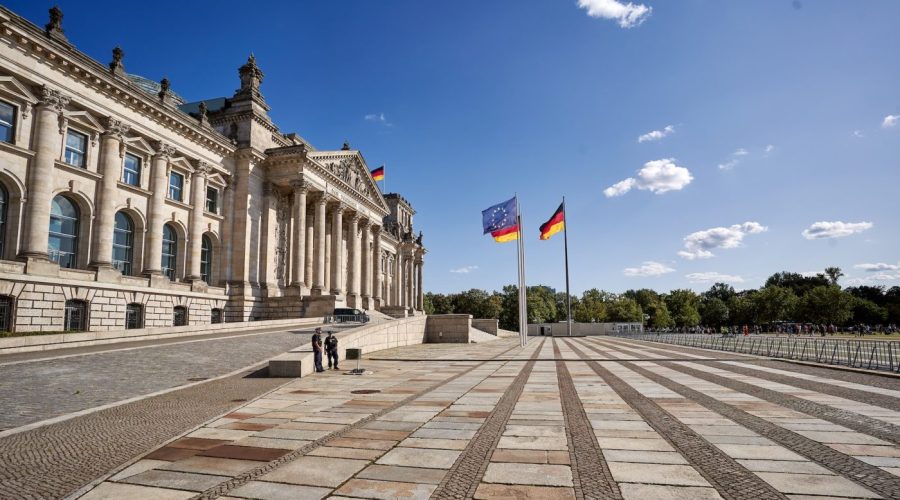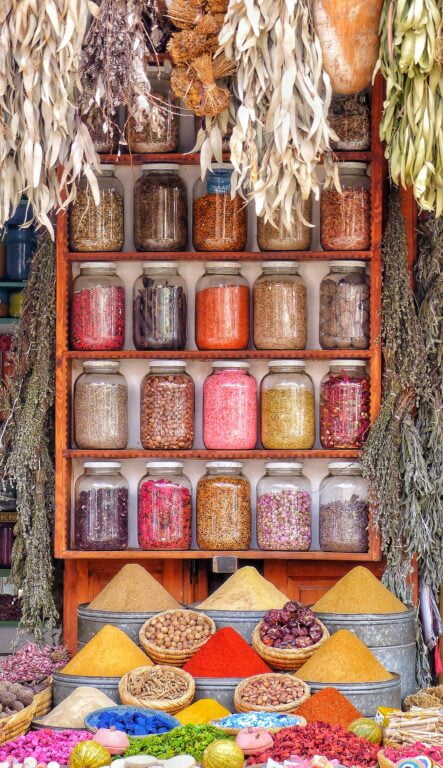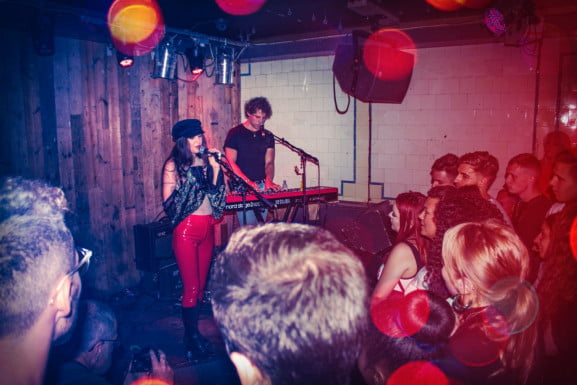La Monumental Barcelona’s Famous Bull Fighting Ring
Barcelona serves as the capital of Catalonia and stands as a highly advanced urban hub in European terms. Barcino emerged as a Roman foundation which became the current megacity that exceeds four million residents.
La Monumental
Located at the Plaza de Toros Monumental de Barcelona the arena functions as the most eminent bullring within Catalonian Barcelona. Tourism guides in Barcelona always recommend a stop to La Monumental because visitors there can connect with significant Barcelona cultural heritage despite the cancellation of bullfights. The attraction exists hidden from most Barcelona tourists yet it features rewards that merit their visit
Built in 1914
Two essential functions motivate La Monumental’s existence since the closure of bullfighting activities in 2011 even though every other active bullring in Catalonia had disappeared. Its purpose as well as its architectural alignment with Art Nouveau movement design were the constant motivations behind its construction. This building uses Moorish design elements which are visible in its multicolored tiled exterior pattern of complex geometric shapes. La Monumental stands as the perfect site for lovely photographic backgrounds.
With an initial name of La Plaza de Sport, Manuel Joaquim Raspall i Mayol created La Monumental. Barcelona-born Raspall i Mayol stood as one of the leading city builders during the start of the twentieth century. Through his architectural work Raspall i Mayol became famous for executing designs influenced by Art Deco, Noucentista and Modernista together with Art Nouveau styles.
Other Uses for La Monumental
Music fans have the opportunity to witness legendary concerts at La Monumental since musical groups including the Beatles, Bob Marley and the Rolling Stones have performed in this avant-garde venue throughout history. Bullfighting officially became prohibited in Catalonia back in 2010 before the prohibition took effect during 2012.
American readers who appreciate Ernest Hemingway’s books will feel a special bond with La Monumental because it relates to his pieces such as “The Sun Also Rises” and “Death in the Afternoon.” Hemingway successfully introduced Americans to Spanish bullfighting through his novels about the traditions while his Modernist literary writing fit perfectly within artistic movements used to design La Monumental.
Visitors Today
People who visit La Monumental can experience several distinct areas such as stadium seating, penning areas for bulls as well as admission into the actual fighting ring. Every La Monumental visitor should tour the bullfighting museum maintained above the stable area. Many visitors find assistance at the museum through artifact labels written in Spanish, French, German and English. One of the major attractions in the museum is its display of historical bullfighting posters from different eras since they are appreciated today for both their artistic design and creative approach while the 18th-century bullfighting costumes also take center stage among the collection.
The monument is situated at Gran Via de Les Corts Catalanes 749 in the area where Gran Via and Marina Street intersect and it is situated close to Sagrada Família Basilica which serves as another essential Catalonian architectural site listed as a UNESCO World Heritage Destination. The Metro line of Barcelona stops right at La Monumental while the ticket price stays at six euros. Visitors need approximately one hour to one and a half hours to complete their visit of La Monumental museum and its collections. A modest gift shop operates within the premises of La Monumental.
The Gran Via
Exploring Gran Via constitutes among the primary activities that should be experienced in Barcelona as this street stands as the longest thoroughfare in Catalonia. The Noucentista Font de Diana monument honors Diana the Roman goddess at Plaça de les Glòries Catalanes while Els Encants Vells flea market operates among the historic attractions near Sagrada Familia and La Monumental along with the Plaza of the University of Barcelona.
Gran Via has evolved into a shopping theater dining destination because it contains more than 200 stores. The La Monumental area is situated near the Picasso Museum as well as the Aquarium Barcelona and Parc de la Ciutadella from the 18th century with its city zoo and tropical greenhouse and Opium night club which visitors often visit. Although La Monumental remains an undisputed cultural gem it does not attract a substantial number of foreign visitors to Barcelona.
Table of Contents



